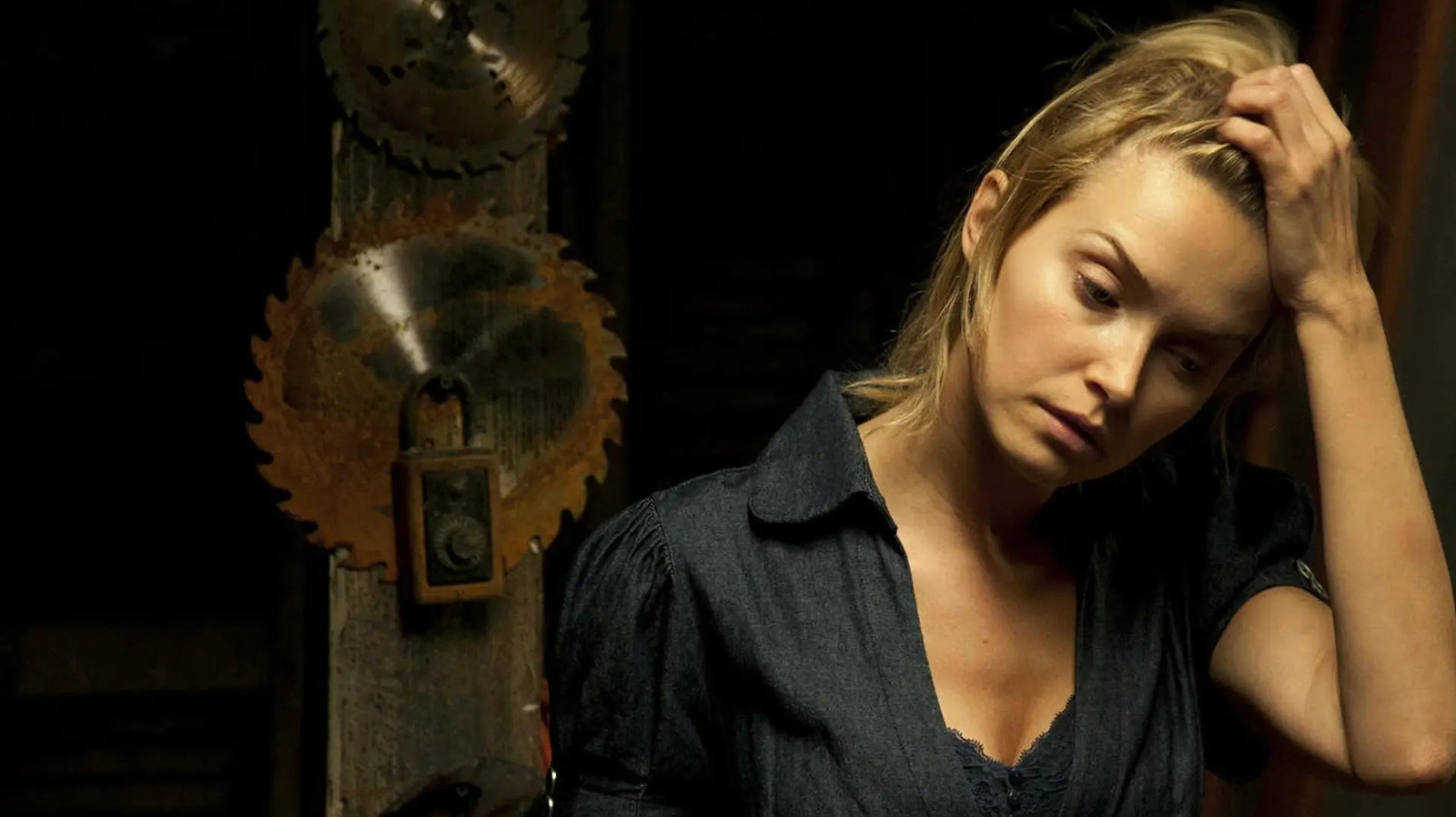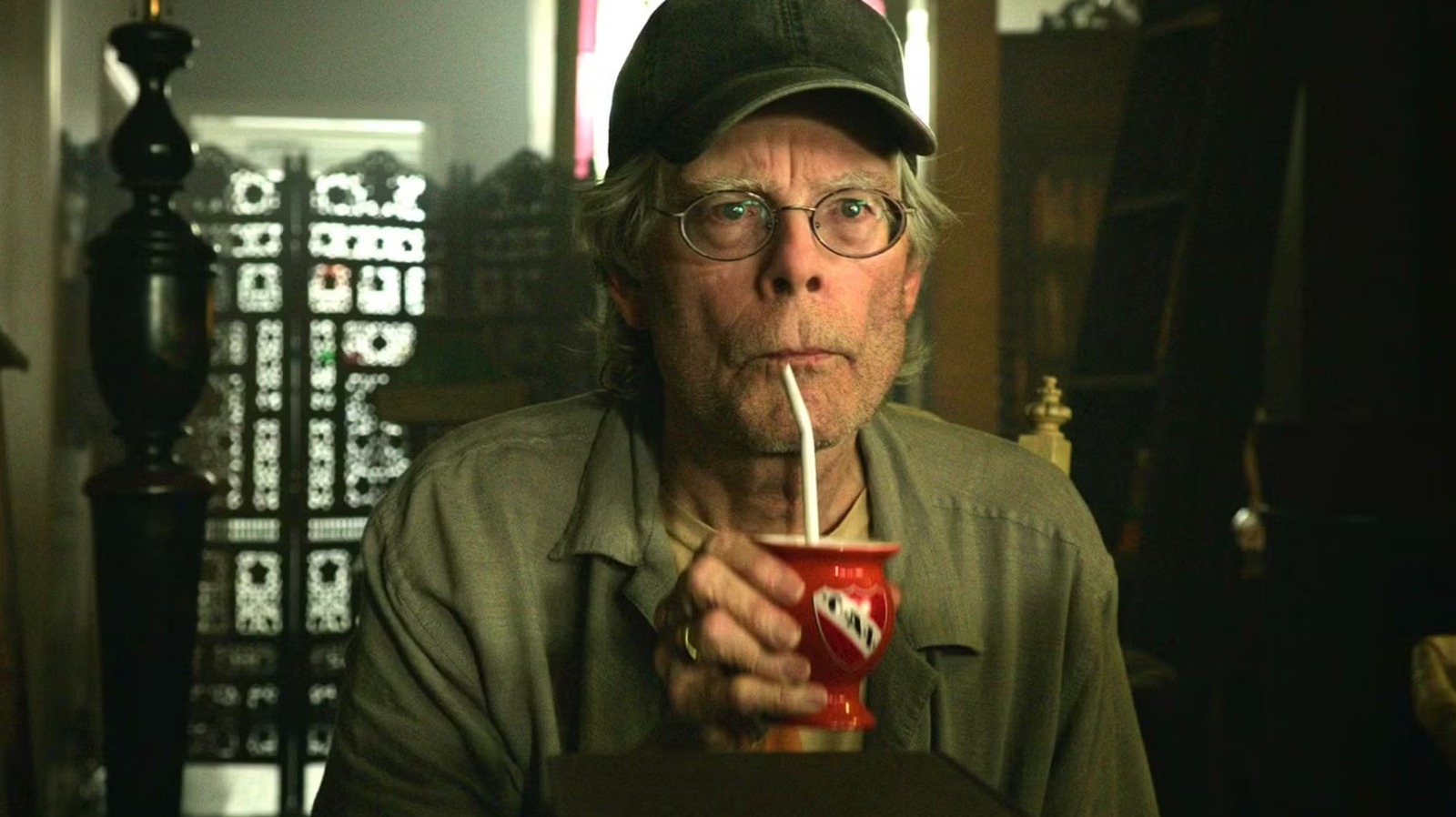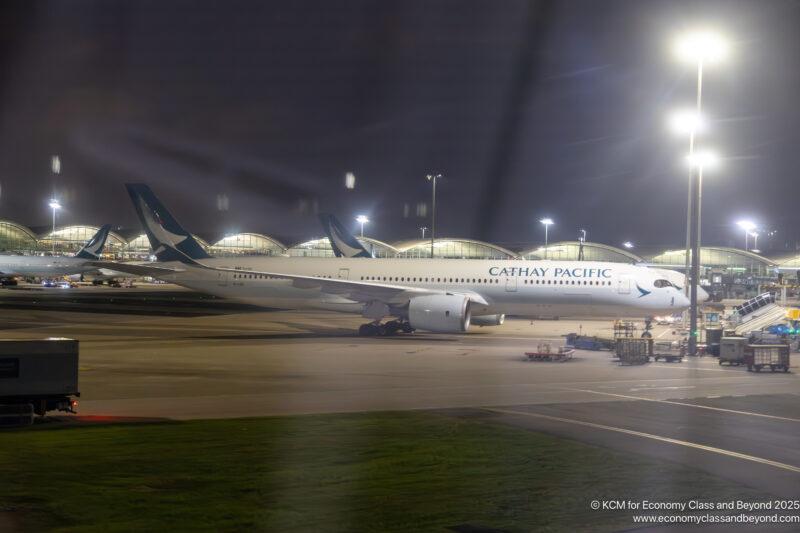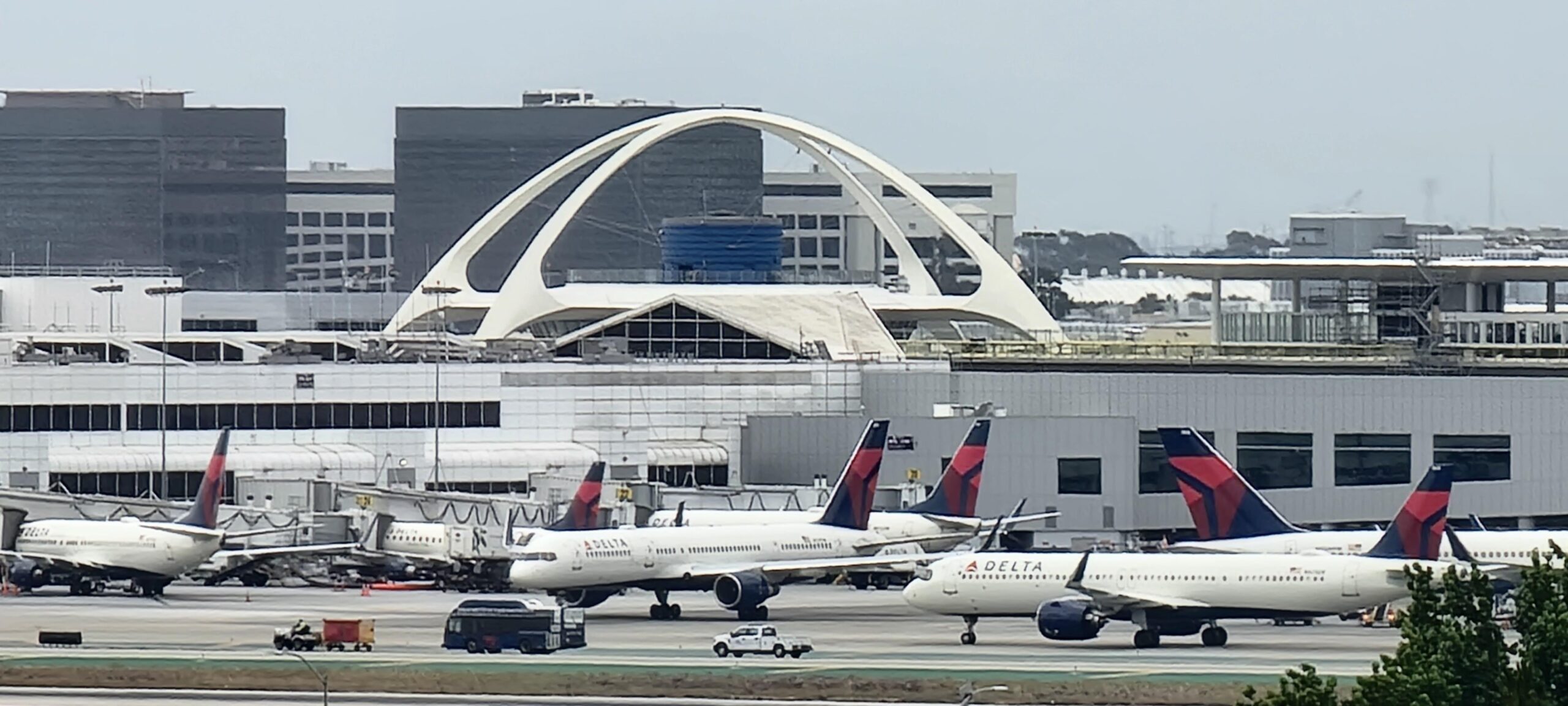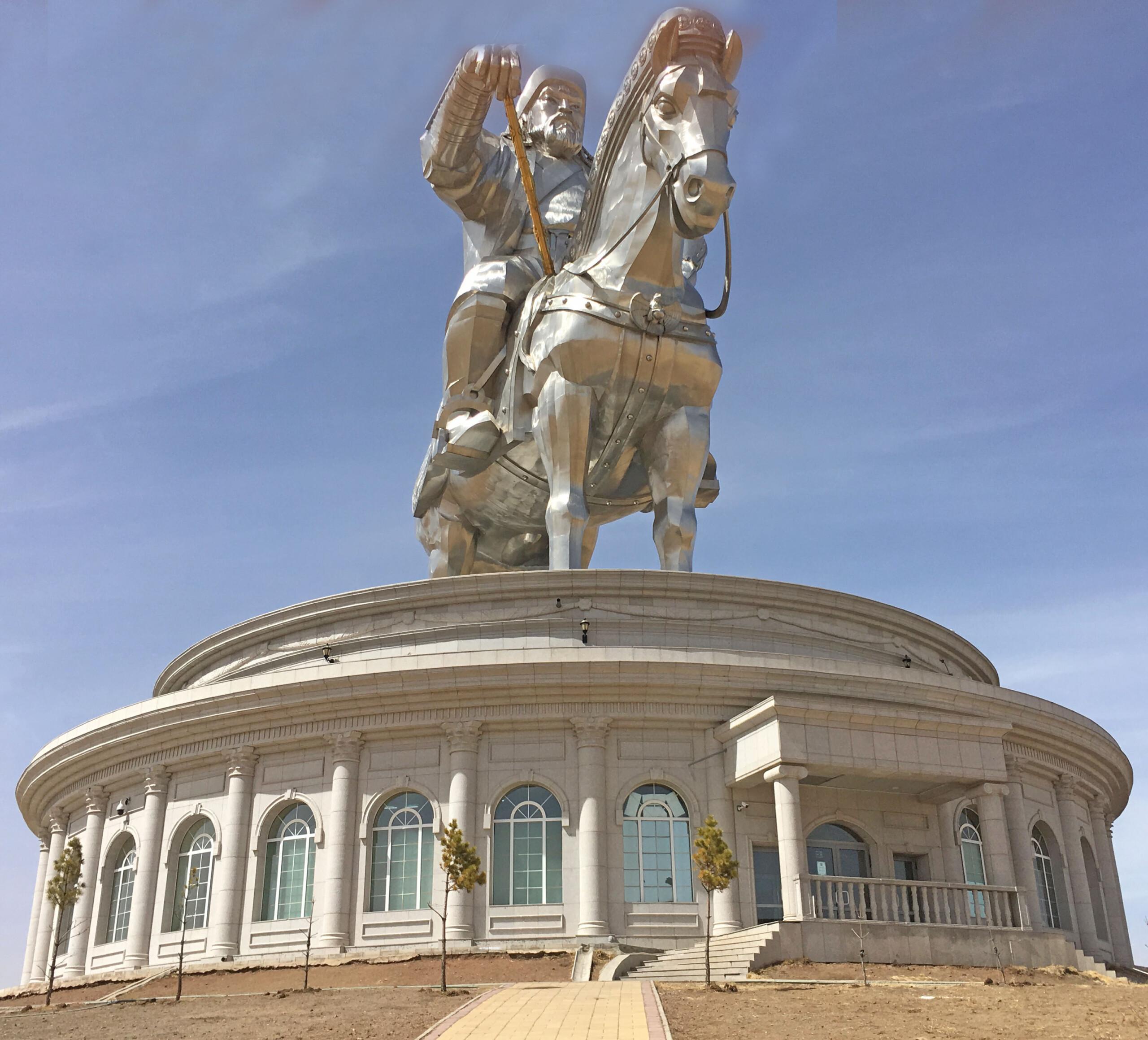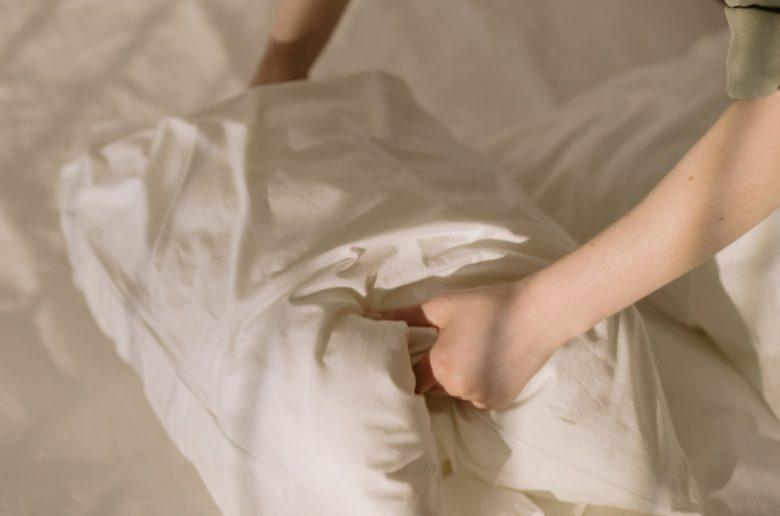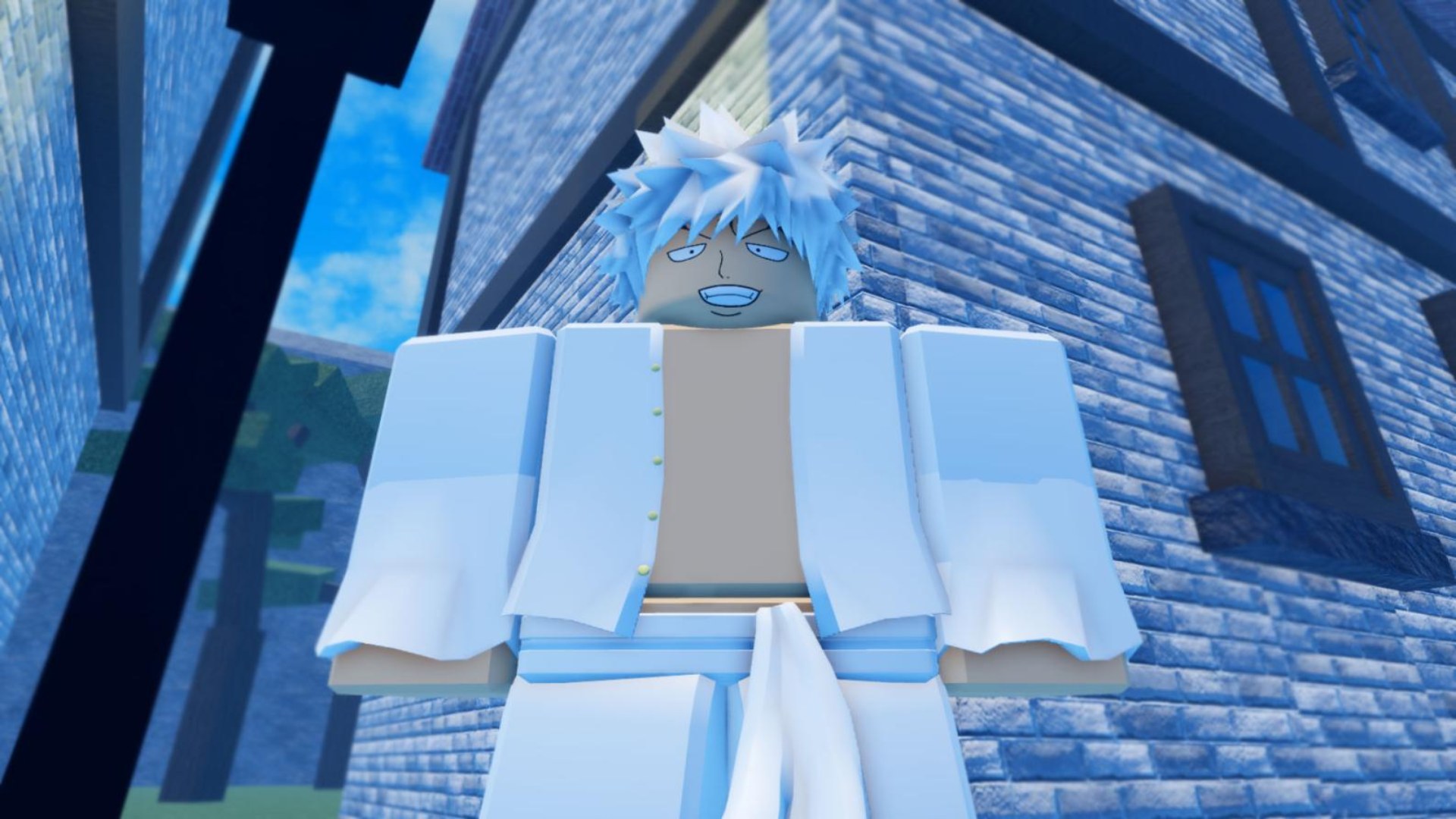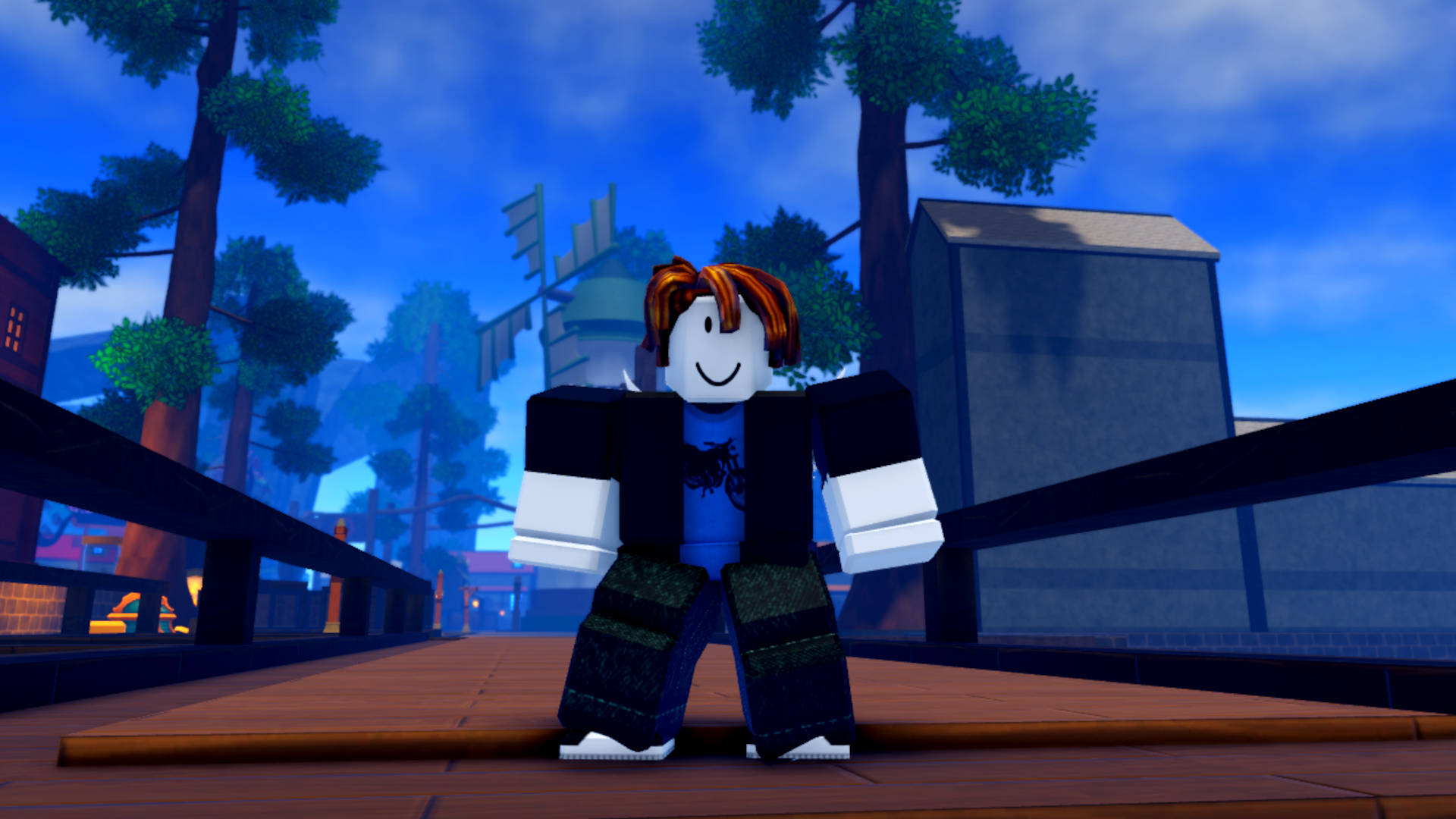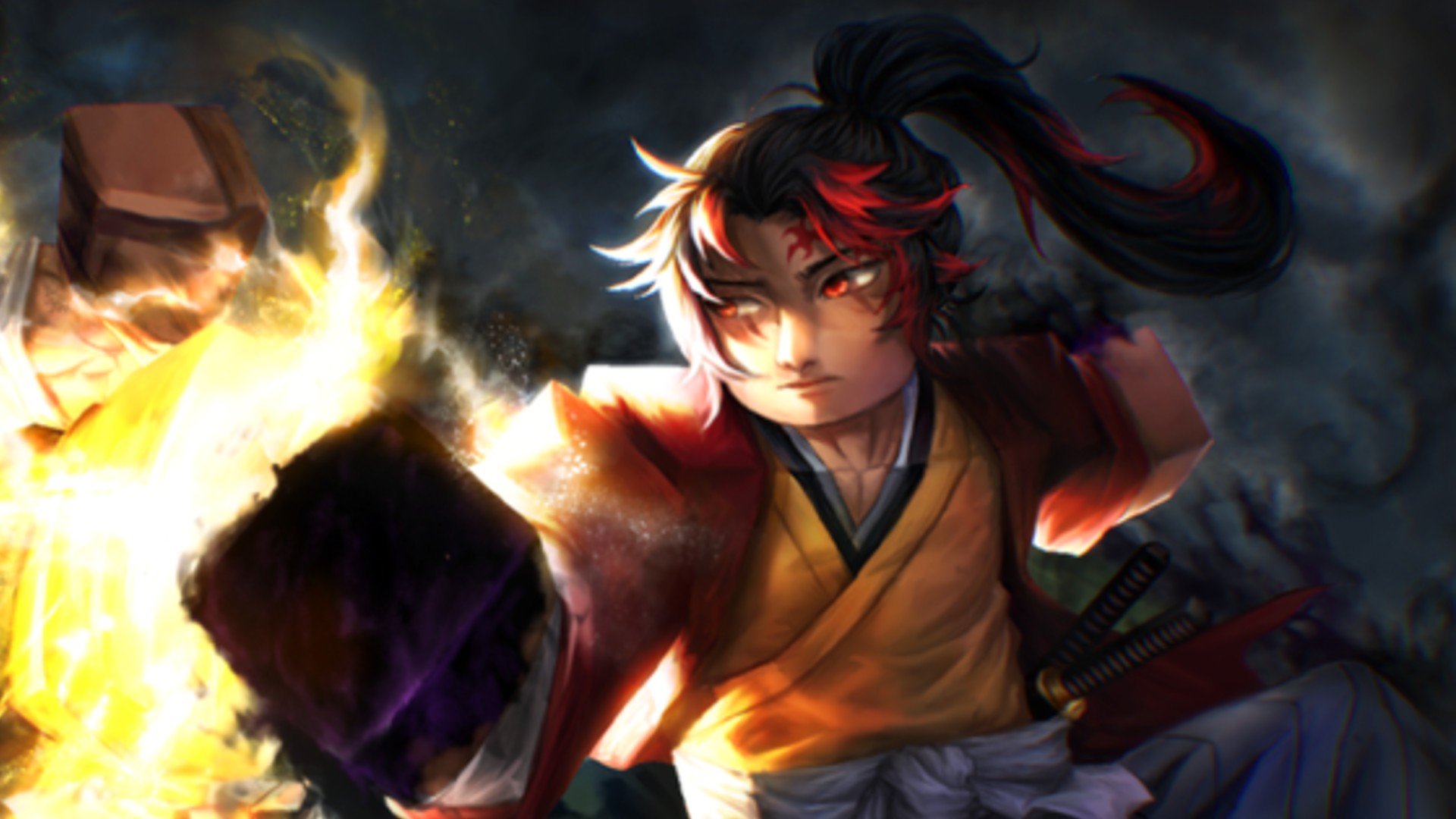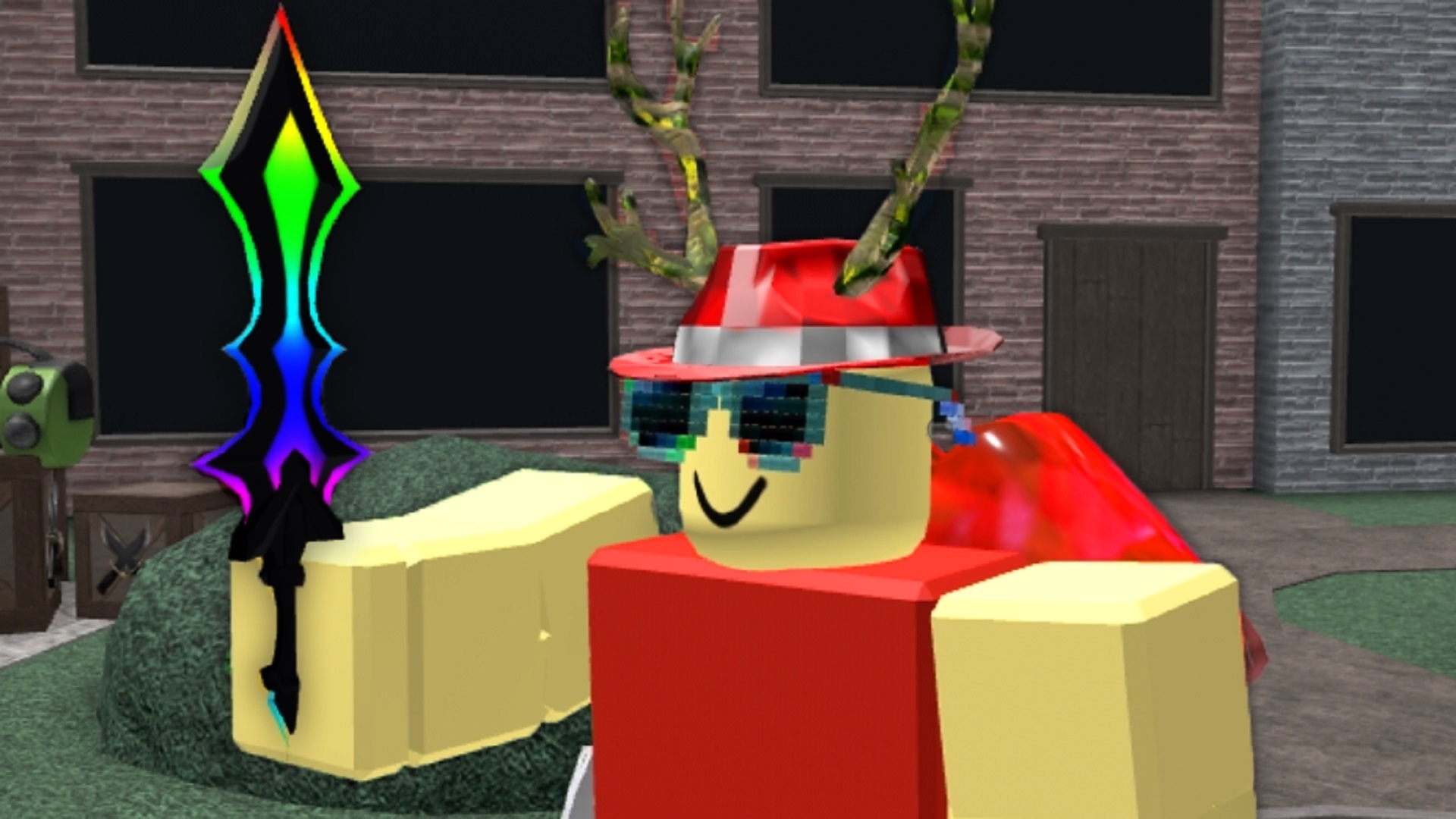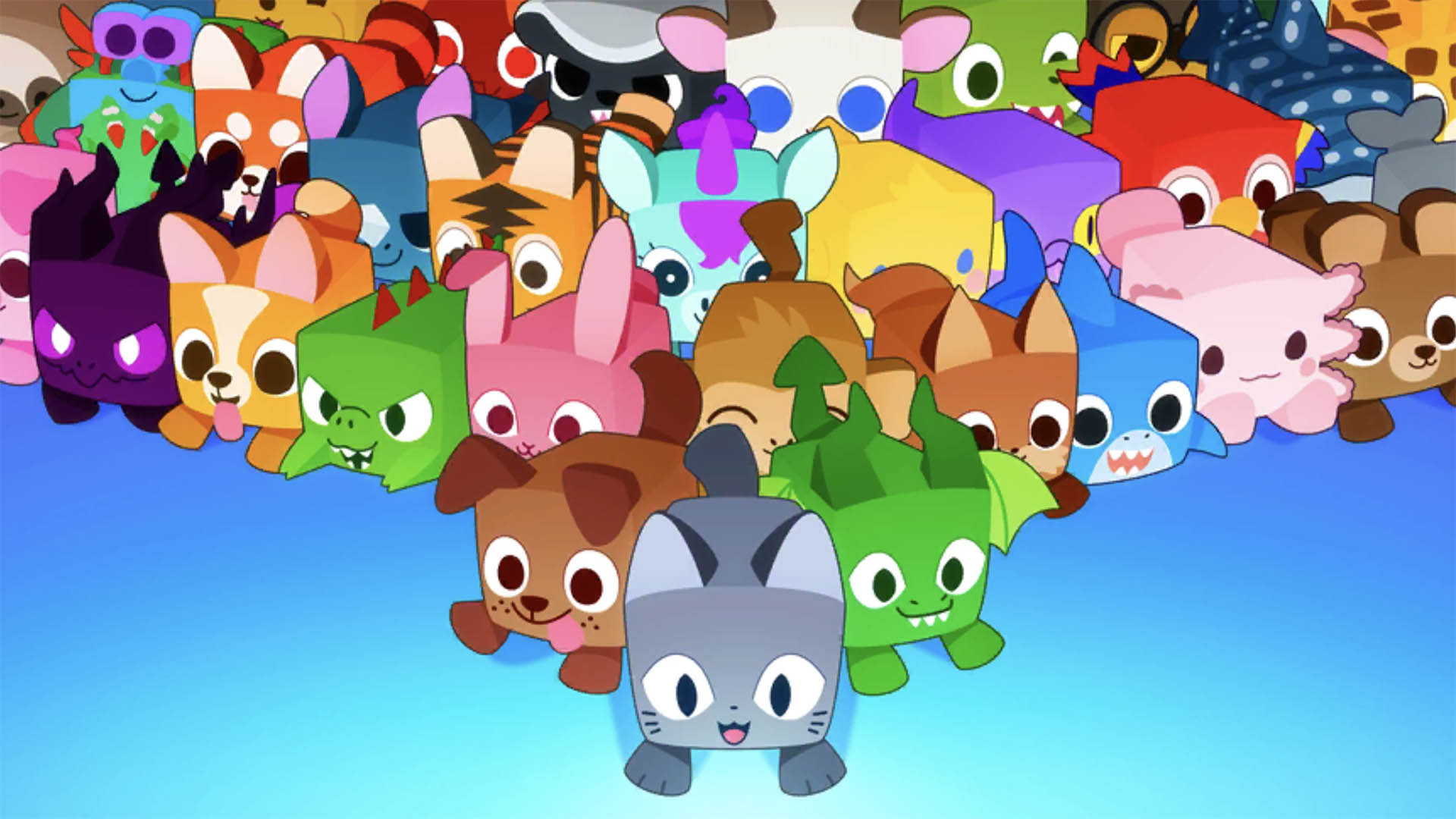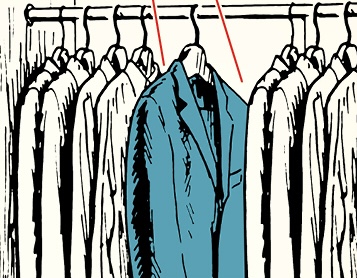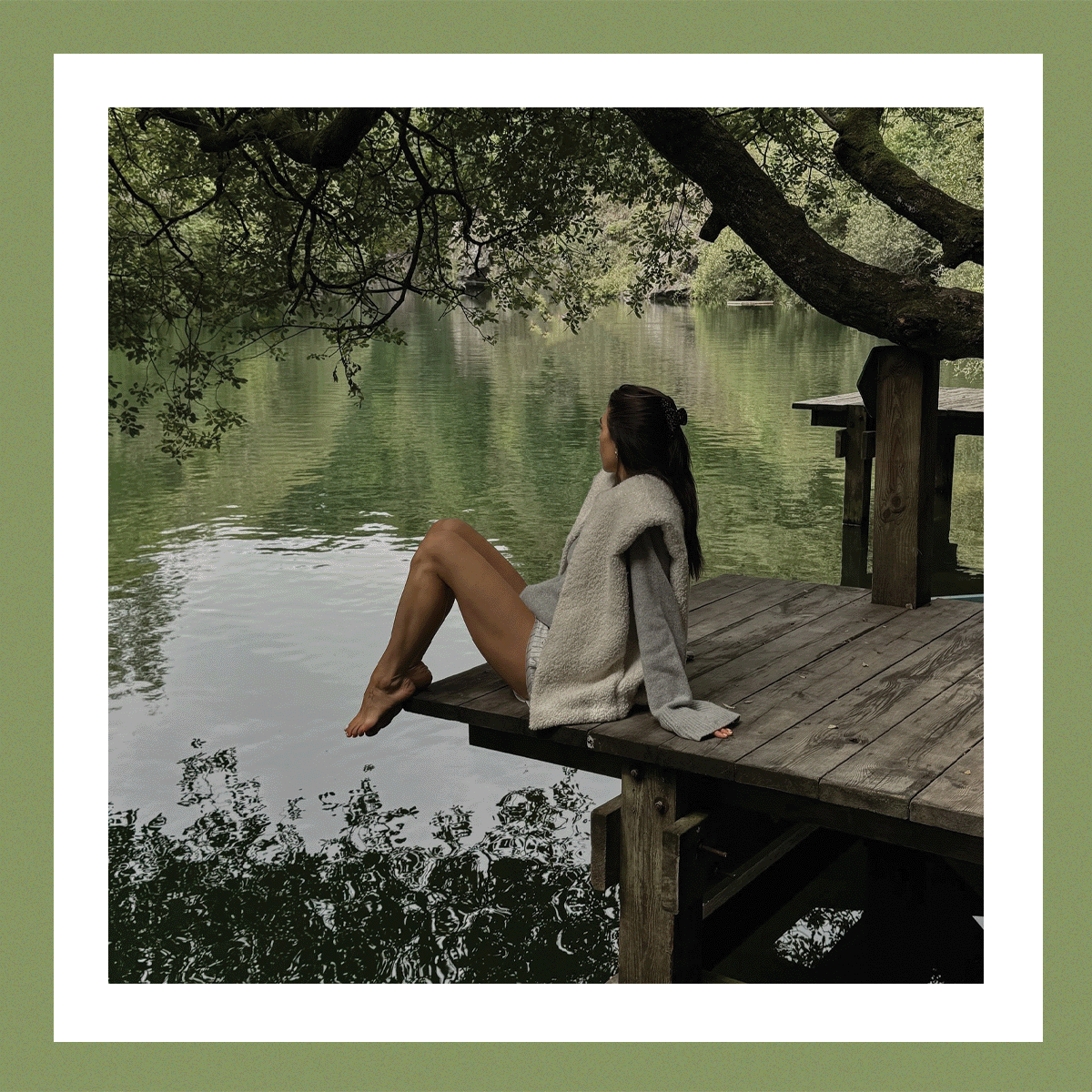From Hula Dancers to Hawaiian Cowboys, a New Generation Celebrates Their Culture
In productions across the Hawaiian islands, stories are being interpreted for new generations—and new audiences Forty years ago, legend has it, visiting Canadian businessman Guy Laliberté first got the idea for a …
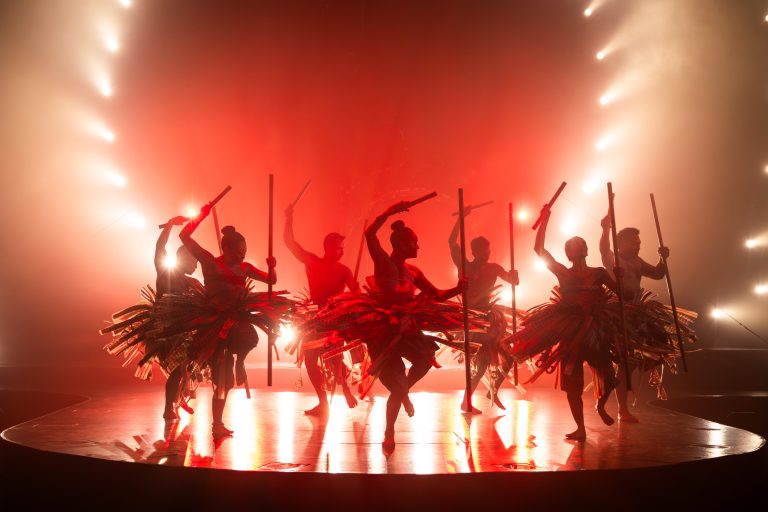
In productions across the Hawaiian islands, stories are being interpreted for new generations—and new audiences
From Hula Dancers to Hawaiian Cowboys, a New Generation Celebrates Their Culture
In productions across the Hawaiian islands, stories are being interpreted for new generations—and new audiences
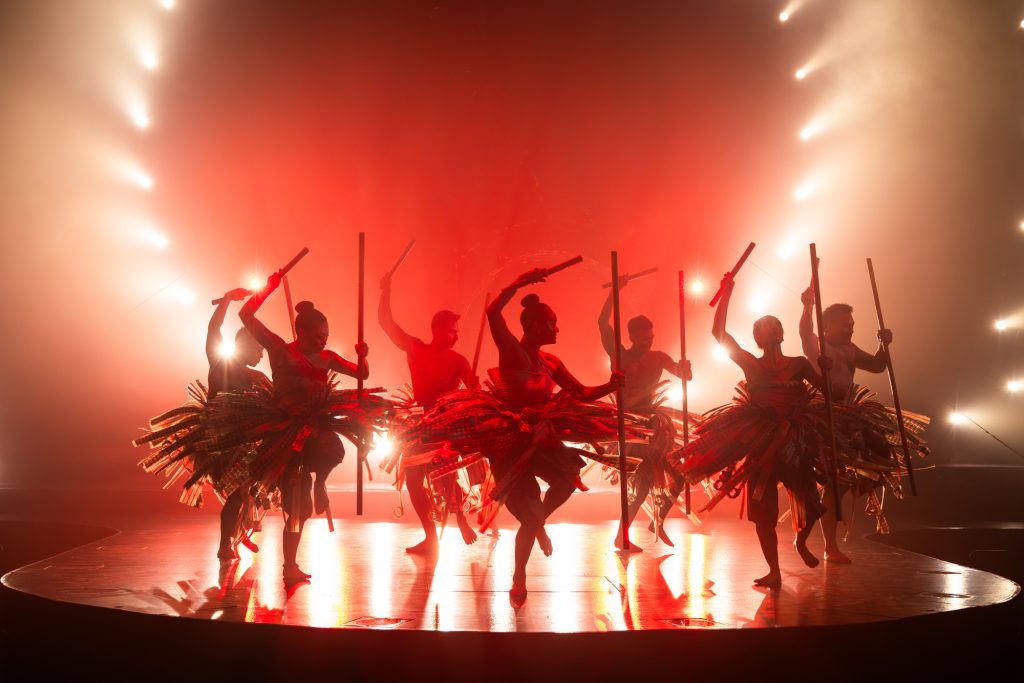
Forty years ago, legend has it, visiting Canadian businessman Guy Laliberté first got the idea for a circus without animals while watching the sun rise over Kona. Today, more than 100 million people have seen a Cirque du Soleil production; it is the world’s largest contemporary circus producer. But despite providing the inspiration for the global phenomenon, until Cirque struck a ten-year resident deal with the OUTRIGGER Waikīkī Beachcomber Hotel for ‘Auana, Hawaii had never had a show of its own.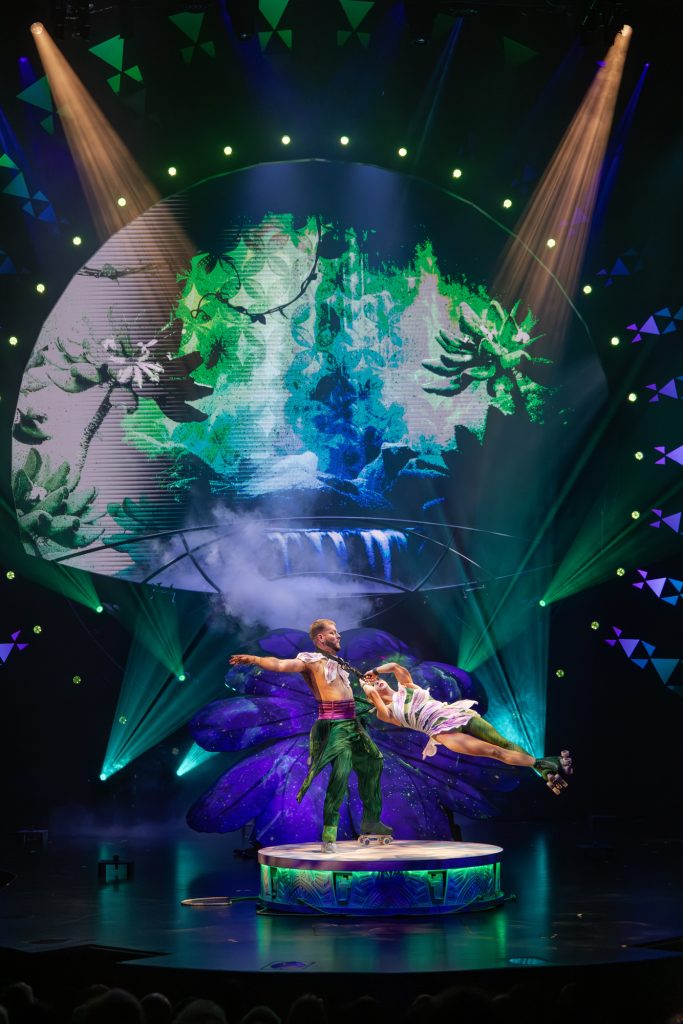
Now, in the same theater where a young Bruno Mars once perfected his Elvis impersonation, Polynesian culture is front and center. “‘Auana,” which means “to wander,” was never going to be like any other production in the franchise; its island location informs everything from the costume and stage design to the acrobatics. It is also the first Cirque show to incorporate a language other than English—there’s actually no English spoken at all. Calling it the most culturally significant show they’ve ever done, veteran Cirque creator and director Neil Dorward proudly proclaimed that ‘Auana is “a celebration of the spirit of Hawaii through the lens of Cirque du Soleil.” 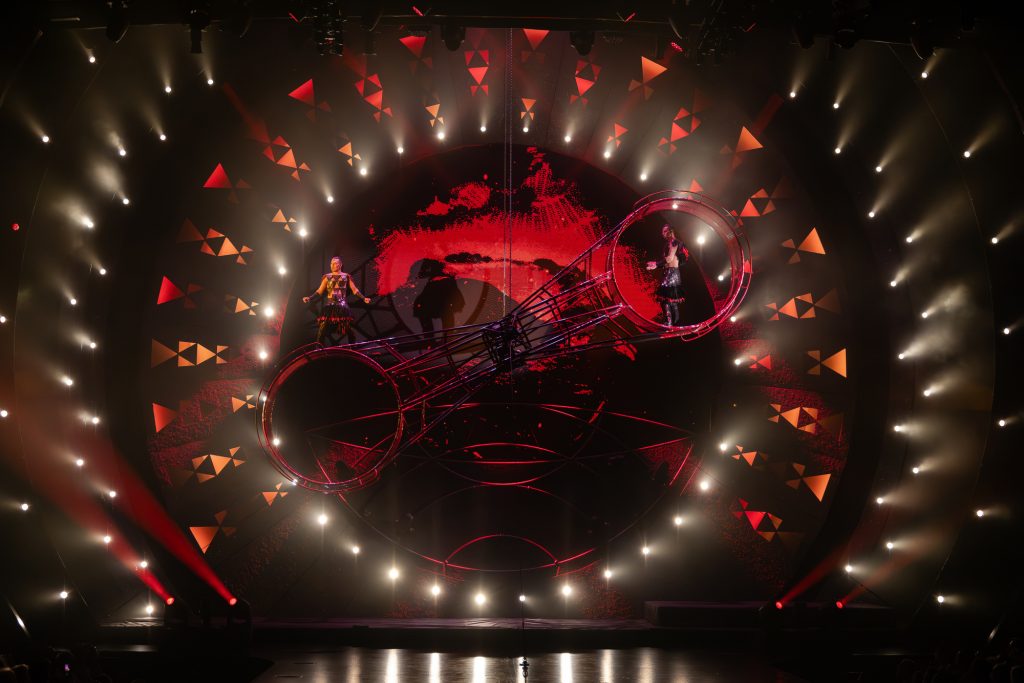
Himself a former dancer, Dorward said that highlighting hula was his north star. “I was like, this show has to be for the community, and it has to tell the right stories,” he said, a responsibility he did not take lightly. The only way to do that was assembling an A-list team to help. 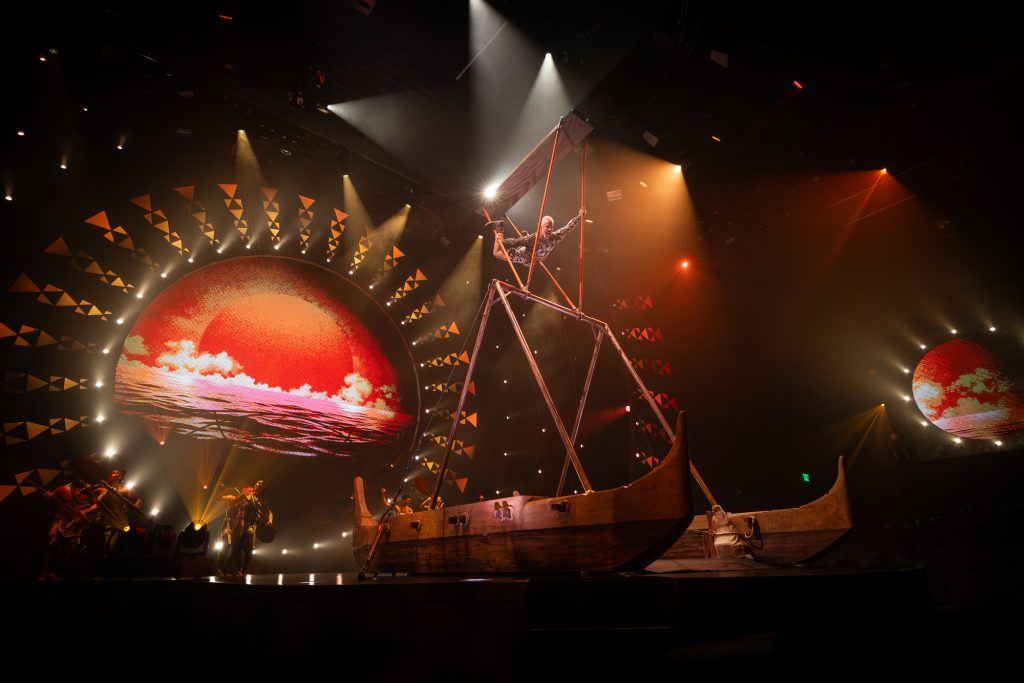
‘Auana’s choreographer is kumu hula (or master hula teacher) Hiwa Vaughan. Vaughan is one of only five women in history to hold both of hula’s most coveted titles, including Miss Aloha Hula, won at the Merrie Monarch festival, which she equated to the Hawaiian Olympics. “Hula is the language of the soul,” she said. “It is a mirror of our environment and an expression of the inside of our heart, the heartbeat of the Hawaiian people.” She was a natural choice for the enormous task of bringing hula into the Cirque du Soleil world for the first time. 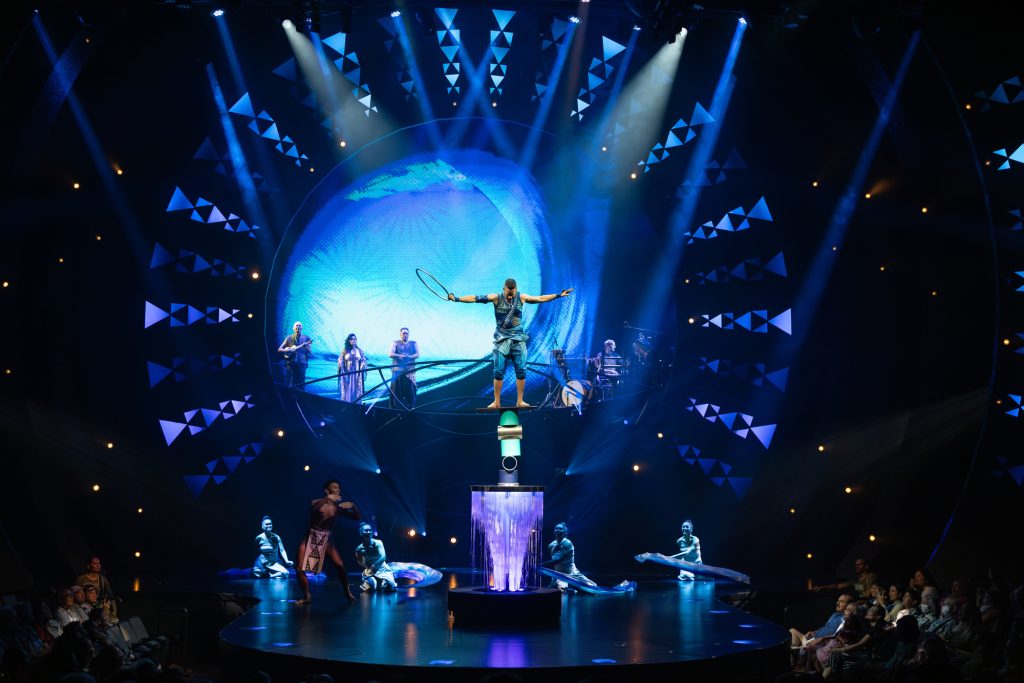
Vaughan comes from a traditional school of hula, although there are many. “I see tons of hula out there that doesn’t necessarily represent us,” she noted. But when Dorward came knocking, she recognized a chance “to restore reverence and respect” to her people and her home through a bigger audience. “The language, the history, everything about our identity lives within that hula. And so this is a great opportunity to be able to stretch the boundaries. Cirque du Soleil became my magnifying glass, of sorts… to tell our stories in the way we want to tell them, and elevate them in such a grand manner.” With an open mind, she was able to incorporate traditional movements and footwork throughout the elaborate acts required of a Cirque show.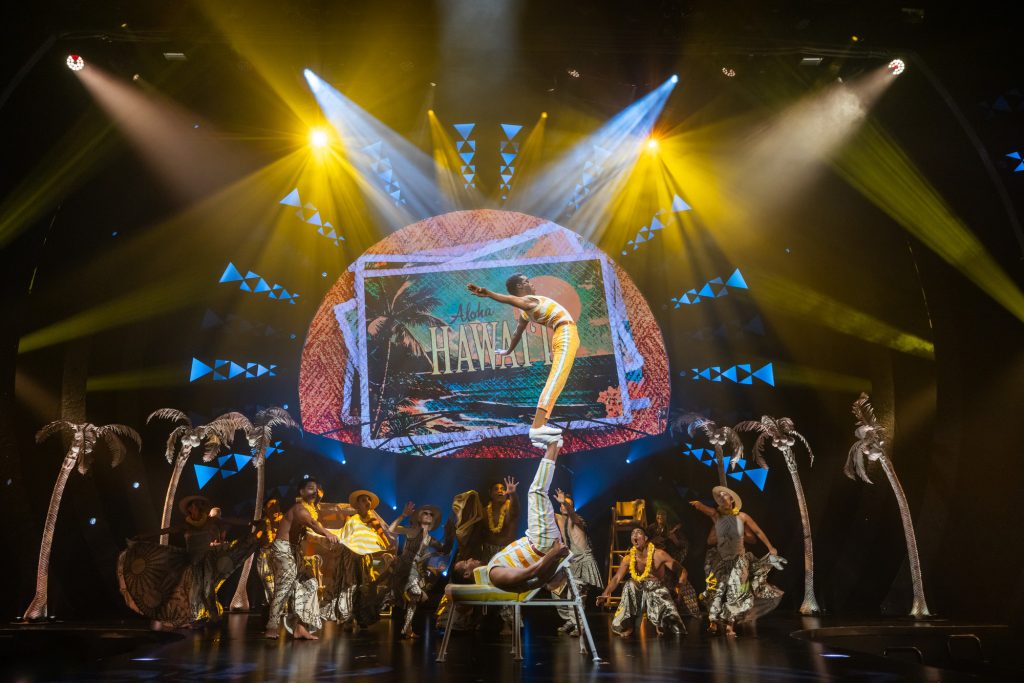
“Everything we do is rooted in tradition,” agreed Mami Ogiwara, one of the dancers, from backstage, where performers were comparing notes on their elaborate makeup. Marathon training days preparing for the premiere had made a family of the cast, half of whom are native or local to Hawaii. The other half found plenty to relate to. “They were definitely making connections between their indigenous culture and ours,” said ‘Auana’s costume designer, Manaola Yap. 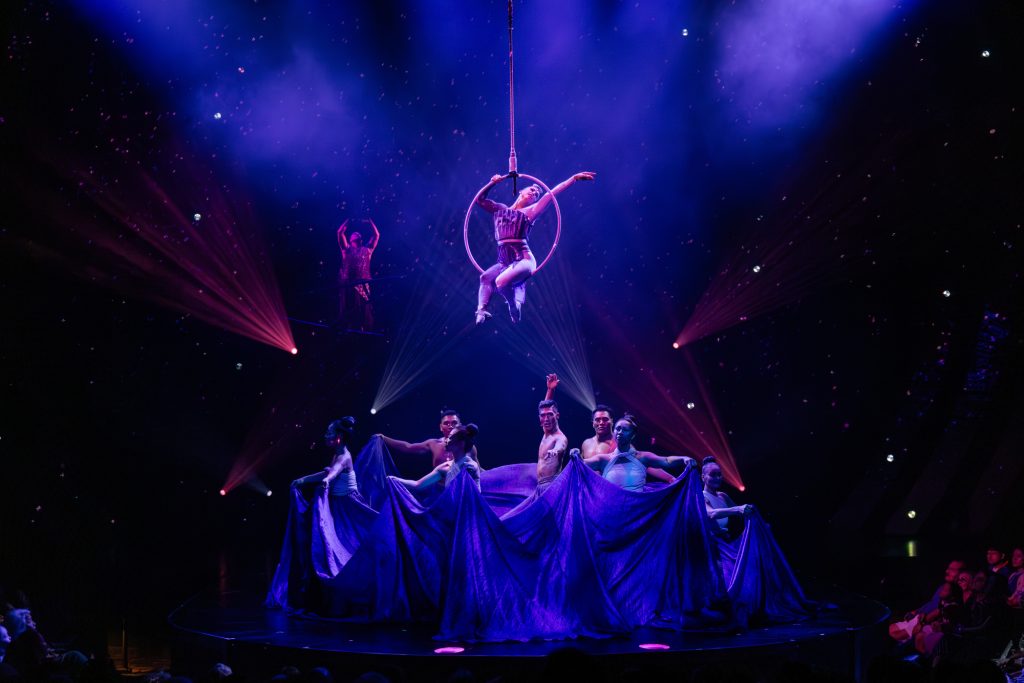
Like Vaughan, Yap is Hawaii-famous. He is one of the biggest names in island fashion; practically every VIP on the red carpet wore one of his designs. His mother, cultural ambassador Nani Lim Yap, is a renowned kumu hula herself and runs a celebrated “Feast and Fire” luau on Kona.
While hula schools like these are flourishing throughout the islands of Hawaii, unless they make it to Waikīkī to see ‘Auana, most tourists will only experience the historic dances through a luau at their hotel. Luaus have long played a crucial role in communicating traditional Hawaiian culture to outsiders, the perfect dinner-and-a-show spectacle where vacationers can watch Polynesian fire dancing with a cold mai tai in hand—and maybe even learn something. 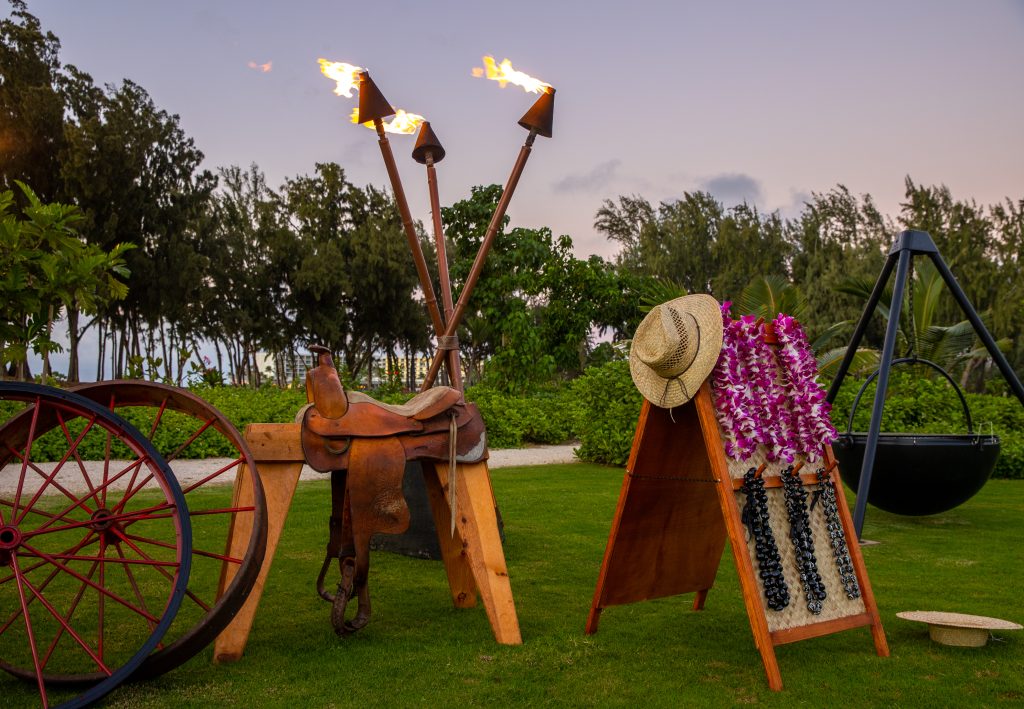
Weekly luaus with an equine twist draw a well-heeled crowd to the picturesque stables at The Ritz-Carlton O’ahu, Turtle Bay for a taste of local culture (with a side of whole roasted pig). Sitting on 468 acres of protected agricultural land, Turtle Bay is the only Ritz hotel with a farm. As guests quickly find out, there is a rich history of ranching in Hawaii. A British Royal Navy Officer first brought cows to the Hawaiian islands in 1793 as a gift for King Kamehameha I, who forbade his people to kill them. By 1812, the thriving wild cattle population had become dangerous, and hunting was finally permitted. The burgeoning beef industry grew under Kamehameha’s sons, who invited Mexican cowboys called “vaqueros” to teach them how to ride horses in order to rope the cattle. Adopting the vaqueros’ tools and techniques, they created the “paniolo,” or Hawaiian cowboy, culture that is alive and well today.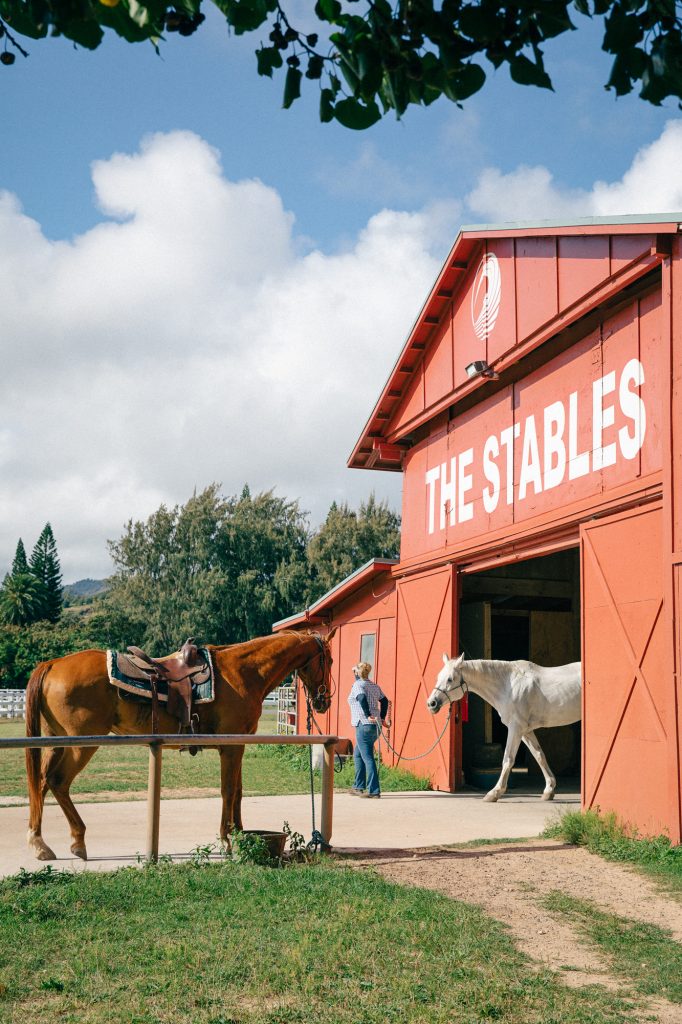
Instead of “yeehaw,” the paniolos give a blood-curdling cry of “chee-hoo!” Every Wednesday at Turtle Bay, guests can be heard doing their best chee-hoo! under the tutelage of Shannon Scott, an emcee from the popular Na Maka performing arts studio. Scott encourages participation when it comes to hula dancing as well, teaching the moves to a simple song that gets everyone on their feet.
Like sign language, every gesture in hula has meaning, which is part of what makes it such an effective method of communication. “These are the stories that hold the DNA of our ancestors, and their life experiences are the lessons that we’re taught,” Yap, the designer, said. In productions across the Hawaiian islands, those stories are being interpreted for new generations—and new audiences.
What's Your Reaction?









